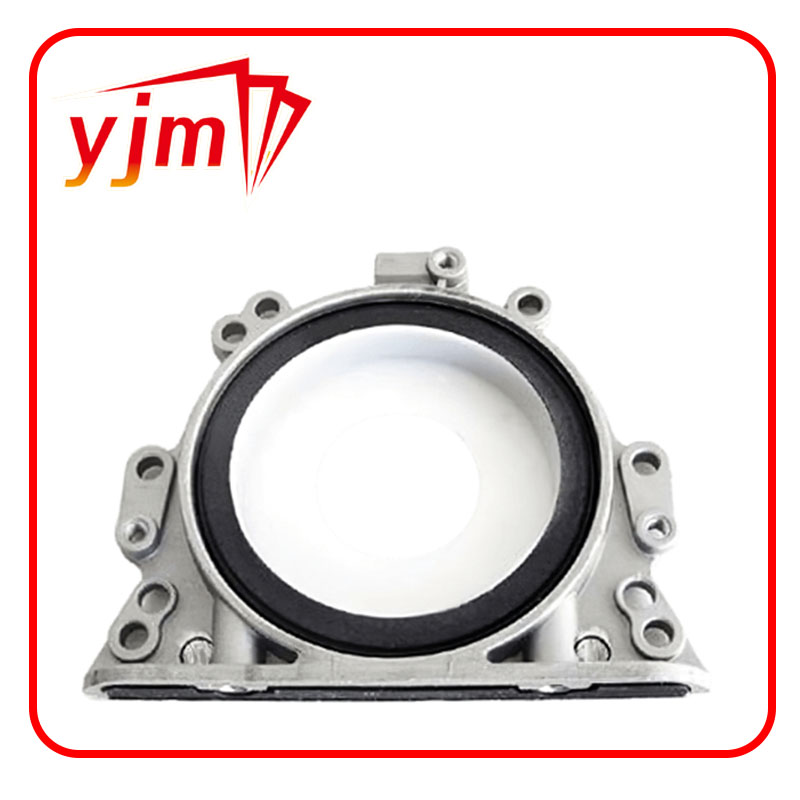o ring shaft seal
Understanding O-Ring Shaft Seals A Comprehensive Overview
O-ring shaft seals are crucial components in various mechanical systems, providing a reliable method for preventing fluid leakage between rotating shafts and their housing. These seals serve a fundamental role in numerous applications, from automotive engines to industrial machinery, ensuring optimal performance and longevity of equipment.
What is an O-Ring Shaft Seal?
An O-ring shaft seal typically consists of a circular elastomeric ring (the O-ring) that fits into a groove machined into the housing of the application. The O-ring is designed to compress against the shaft as it rotates, creating a tight seal that inhibits the escape of fluids or contaminants. Common materials for O-rings include nitrile rubber, silicone, and fluorocarbon, each selected based on the specific chemical and temperature requirements of the application.
Key Benefits of O-Ring Shaft Seals
1. Leak Prevention The primary function of O-ring seals is to prevent fluid leakage, which can lead to loss of lubrication, contamination, and potential failure of mechanical systems.
2. Versatility O-ring shaft seals can be utilized in a wide range of applications, including hydraulic systems, automotive components, and industrial equipment. Their adaptability to different environments and substances makes them a go-to choice across diverse industries.
3. Cost-Effectiveness O-rings are relatively inexpensive to manufacture and replace, making them a cost-effective solution for sealing applications without compromising on reliability.
4. Simple Installation The design of O-ring shaft seals allows for straightforward installation, minimizing downtime during maintenance and repairs.
o ring shaft seal

Factors Influencing O-Ring Performance
While O-ring seals are highly effective, their performance can be influenced by several factors
- Temperature O-rings can become less effective at extreme temperatures. Selecting the right material is crucial for maintaining functionality in hot or cold environments.
- Pressure High pressure can deform O-rings, leading to potential failures. Proper sizing and installation are essential to withstand the operational pressure.
- Chemical Compatibility The fluid compatibility of the O-ring material is vital. Using an incompatible material can lead to degradation and seal failure.
Maintenance and Replacement
Regular inspection and maintenance of O-ring seals can prolong their life and boost system efficiency. Signs of wear, such as cracking, swelling, or dislocation, should be addressed promptly, as delayed action may result in more significant damage or costly repairs.
Conclusion
O-ring shaft seals are integral to numerous mechanical systems, offering effective solutions for preventing fluid leaks and enhancing operational reliability. Understanding the basics of O-ring design, material selection, and maintenance can significantly impact the performance of machinery. By choosing the appropriate O-ring for specific applications, engineers and technicians can ensure a sealed, efficient, and long-lasting operation.
-
Understanding the Front Main Engine Seal: Purpose, Maintenance, and Installation
News Jul.29,2025
-
Understanding O-Rings and Seal Rings: Types, Applications, and Custom Solutions
News Jul.29,2025
-
Understanding Crankshaft Oil Seals: Rear Seals, Pulley Seals, and Their Role in Engine Integrity
News Jul.29,2025
-
The Importance of Front and Rear Crankshaft Seals in Engine Performance and Oil Management
News Jul.29,2025
-
Crank Oil Seals: Functions, Types, and Cost Considerations in Engine Maintenance
News Jul.29,2025
-
A Comprehensive Guide to O-Rings and Seals: Types, Materials, and Global Applications
News Jul.29,2025
-
Mastering Diesel and Performance Engine Maintenance: A Guide to Critical Oil Gaskets
News Jul.28,2025
Products categories















